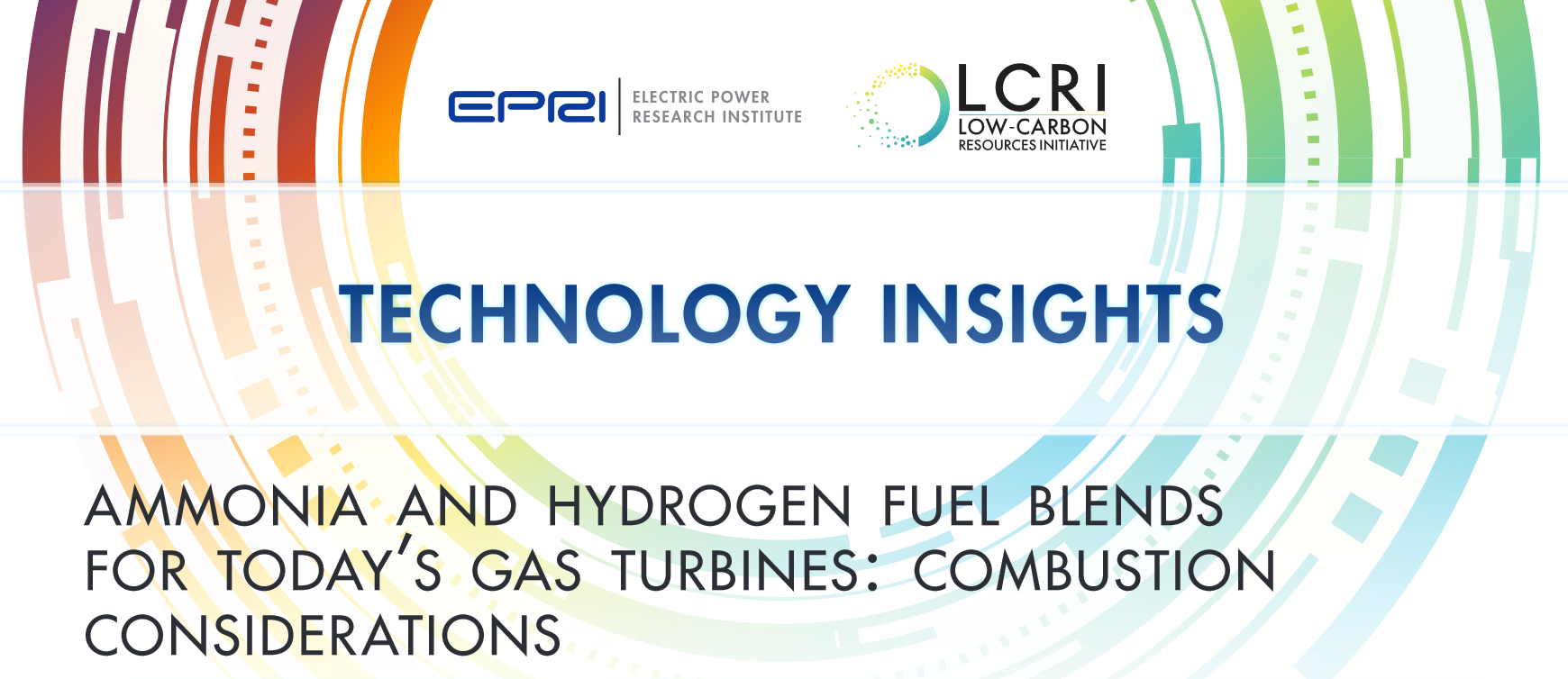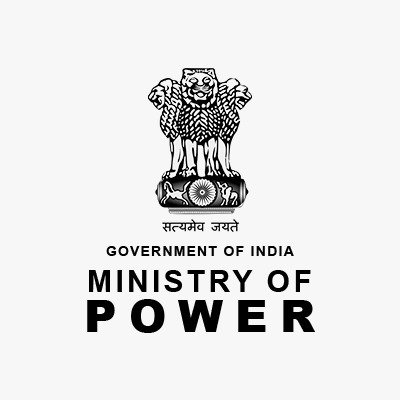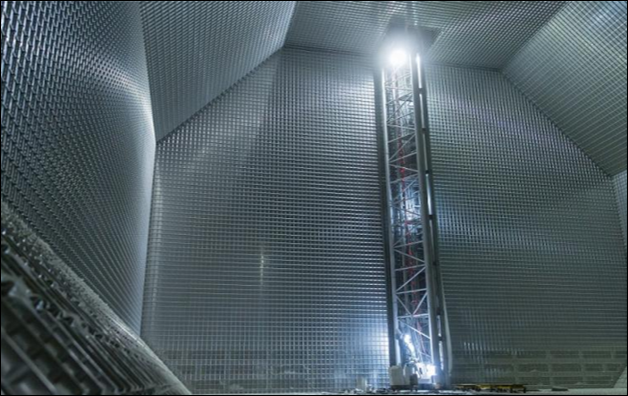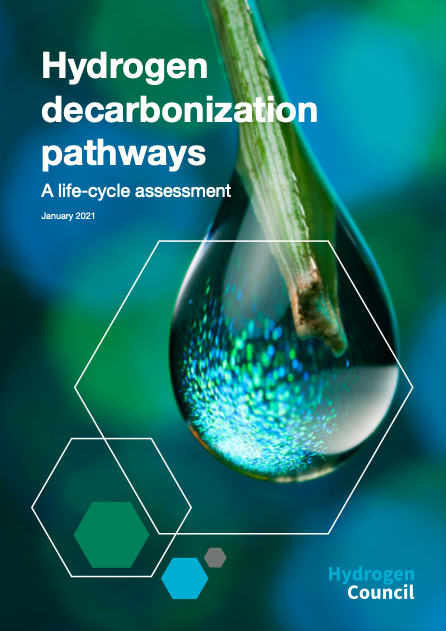Welcome to the Ammonia Wrap: a summary of all the latest announcements, news items and publications about ammonia energy. In this week's wrap: HyDeal Ambition, new marine tankers, fuel forecasts & SOFC developments, a new technical briefing on power generation, UNSW leads research in P2X, GWs of green ammonia in Denmark, Norway and Chile, green ammonia in the Orkneys, new government focus on ammonia in South Africa, and India to make green ammonia production mandatory?
Asia
Maritime Sector is Set to Become 'Ammonia-Ready'
Last month brought news of "the world’s first ammonia ready vessel.” According to an American Bureau of Shipping (ABS) press release, the vessel, currently under construction in China, will comply “with the ABS Ammonia Ready Level 1 requirements, indicating it is designed to be converted to run on ammonia in the future.” When completed, the 274-meter ship (and possibly two others of identical design) will join the fleet of Avin International.
Hydrogen Council publishes Life-Cycle Analysis of Decarbonization Pathways
The Hydrogen Council has published a valuable report with a rigorous life-cycle assessment (LCA) of greenhouse gas emissions from various hydrogen applications. It illustrates the report with eight specific examples, two of which focus on ammonia. With green hydrogen as an input to ammonia used in fertilizer production, we could deliver a 96% reduction in emissions. With blue hydrogen exported and combusted as ammonia for electric power generation, we could deliver an 84% reduction in emissions. As the report states at the start: “Life-cycle emissions are coming into focus with scaling-up of hydrogen … To deliver on the sustainability promise, it is … not only important to make it economically viable, but also maximize its decarbonization potential.”






